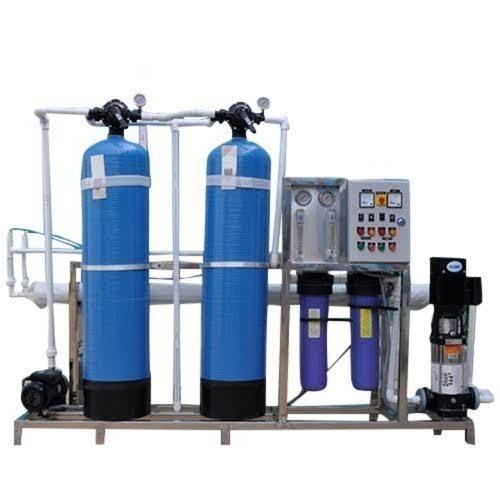Reverse osmosis systems are fast risers in the ranks of water purification and filtration processes.
It is now commonly found in most water purification appliances used in most households.
This special filtration process can convert contaminated water into a pure, clean water that is safe to drink.
The Story Behind
Basically, these systems work by forcing water through a semi-permeable membrane using water pressure. The membrane traps whatever contaminants are found in water and only allows water, minus the excess, unwanted baggage, to pass through.
This membrane is specifically designed with a molecular structure that allows water to go through while all other particles, even especially small ones, are trapped by the membrane.
Mostly, anything heavier than 250 daltons cannot go through, even dyes, salts, and sugars, aside from the usual horde of bacteria, fungi, viruses, and unpleasant particles.
Why Reverse Osmosis is Worth Your Time
Reverse osmosis may just be one of the many water filtration processes in the industry. However, it is actually one of the most important processes around.
This is mostly because it can eliminate certain ingredients and substances that other commonly used systems such as activated carbon technology cannot get rid of.
The Plus Side
Reverse osmosis catches culprits that other technologies may miss, especially in households where water is sourced from a stream or a river. In such cases, reverse osmosis or RO systems can be used alongside chlorine disinfection, which will prepare the water and make it ready for consumption.
This system is also recommendable for use in industries because it helps remove certain types of minerals, making the water fit for use in industries with specific water purification needs. Even salt from sea water can be filtered out using this highly effective and meticulous system.
Also, there are portables available in the market for those who enjoy traveling and camping but want safety to be guaranteed. And of Course, they simply works.
The Minus Side
However, reverse osmosis systems are not without negative features. Reverse osmosis uses a membrane, which can easily be damaged by high levels of chlorine when the system is used alongside chlorine disinfection.
Also, when the system is used with chlorine, heating the treated water can cause the chlorine to be released, and this puts you in danger of respiratory illnesses.
Also, since the process is basically a physical separation process, it can easily miss particles and chemicals that are small and light enough to go through the membrane. Some reverse osmosis systems, therefore, fail in the face of harmful contaminants such as herbicides and pesticides.
This is why though largely effective, reverse osmosis is not the best type of purification if drinking water is involved. If you wish to use a reverse osmosis system, you will need to compliment it with a carbon filtering technology.
Another disadvantage is that reverse osmosis seems to be a little too effective. Aside from removing unwanted particles in water, it can also remove even the wanted ones. Water contains natural minerals that provide health benefits.
However, since these systems do not recognize one mineral from another, they weed out all types of minerals. This means that you water may be clean, but there are a lot of healthful minerals left behind and wasted.
Sometimes, these minerals even contribute to great-tasting water and can also protect and enrich your body. This means that using a reverse osmosis system may mean that you have to miss out on the full health benefits of your water.
Lastly, reverse osmosis systems are extremely costly, and this is not just because they are mostly more expensive than other water filtration systems.













No Comments